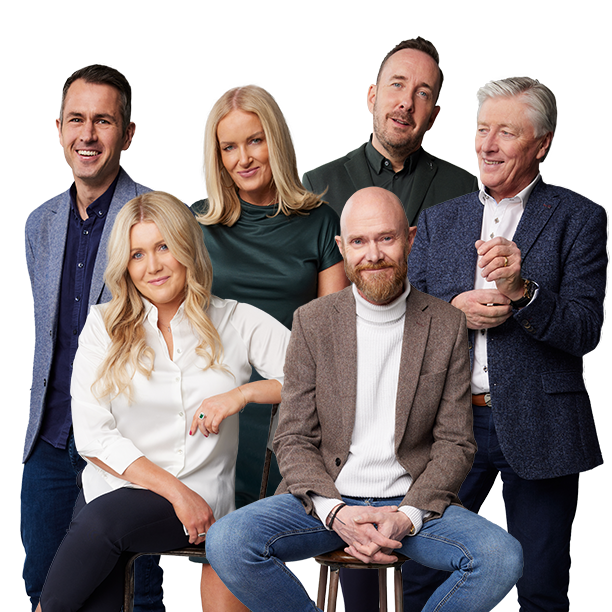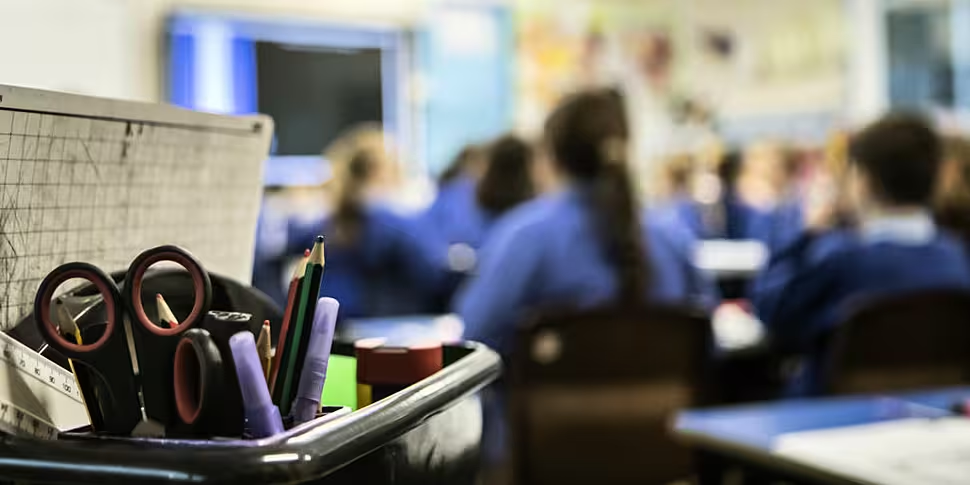One expert says there is now no scientific evidence to say schools should not re-open.
Professor Luke O'Neill from the School of Biochemistry and Immunology at Trinity College Dublin says it should be done "cautiously".
He told Pat Kenny: "The evidence is even more compelling that children are not a major problem here, unlike flu.
"The schools closure is justified if it's a disease like flu because children pick that up among each other and then they go and spread it at home - that's why you close schools in a flu pandemic.
"This is a different virus with different properties - and the more it's gone on, the more we've realised this.
"Now there's really more and compelling evidence that kids aren't a big source of spread.
"So for example in households, very few cases came from a child.
"The only issue with this is these studies were done sometimes after schools had closed, but they've taken this into account to some extent.
"So if lots of kids go back to school, they're unlikely to be bringing it back home... and secondly they pick up the infection, they get very mild symptoms and they may not even spread it anyway."
"Many countries have said re-open schools below a certain age", and he said the schools "still have to observe social distancing and hygiene".
"But I can't see why a child can't go in for two days a week... and I think for the mental health of the children it's extremely important.
"And lots of studies have shown this in the past: that children kept outside of school will suffer academically later.
"And then the biggest reason of all, Pat, is the vulnerable children who can't do home schooling - they benefit massively from being in school."
"There's no scientific evidence now to say that we shouldn't re-open schools cautiously".
On social distancing measures Prof O'Neill said it is simple: the closer people are, the greater the risk.
"The data is clear in a sense: the closer you are, the increased the risk is.
"And if you're two metres away, you've a much lower risk of catching it then if you're one metre away.
"And the question is how much risk do you want to bear?
"And remember, Pat, it's not just the distancing it's other things as well.
"If you've several things in place you could probably get away with one metre."
He compared it to a car analogy, suggesting: "You know you've got seat belts and airbags and if you have both you decrease risk of death even more than having one.
"But I do think for businesses, there needs to be a clear directive on this one".
"Definitely one metre outdoors obviously, because the wind is blowing, if you're indoors and you've massive ventilation that makes one metre less risky".









